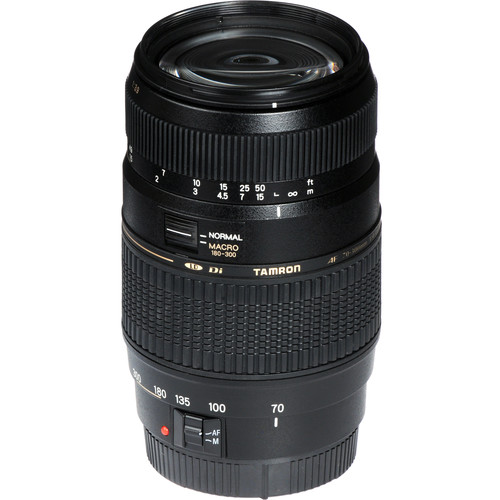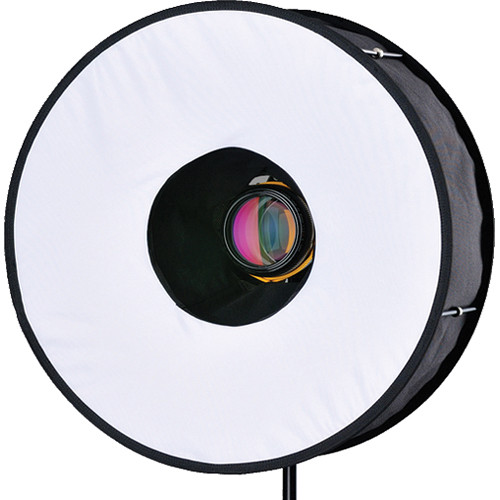Rest In Peace, Paula Doak
Mearcair
Last week the news were out about a transit of Mercury over the disk of the sun. Not a rare event but it definitely is not the average event that would happen every year. I think the next transit for Mercury of this sort might take place in 2032 or sometime around that if I'm not mistaken, and I'm not sure even if it would still be visible in the sky here. Rarely even more than Mercury, are Venus transits. I think the next transit won't be happening in my life time at all!
Anyway, the adventure was set on Tuesday. I had a very limited time to prepare for the shoot as the transit would occur only at about 3:30 p.m. local time, and then in about one hour the sunset would officially start. To gain some time, I've actually prepared my gear the day before and made everything ready, so all I had to do is pick up the gear and head to the roof of my house. I still had some fears back then that some objects would block the view as the sun goes down in the sky but luckily none of that happened. So, in a nutshell, my gear was composed of:
- My modified Canon EOS 7D.
- Solar filter.
- Rokinon 800mm Mirror Lens (fixed at f/8).
- Flexible cable (will explain why below).
- Cable remote.
- Tripod of course, with ball head for easy and quick movement.
I was reluctant to use my old mirror lens with its cumbersome control mechanism; Just a complete manual lens with a primitive telescopic design crammed in a small volume. However, knowing that Mercury will be such a small dot over the sun disk, I've realized (and I've done my own research as well) that I do need a very long focal length, and here I had two choices. Either:
- Use my Sigma 70-300mm with teleconverters, OR,
- Use my Rokinon 800mm Mirror Lens.
 |
| Rokinon 800mm Mirror Lens f/8 |
Now, we come to the story of the cable. Since the focusing with such long focal length and cumbersome mechanism would prove to be a challenge, I got myself these multi-purpose bending cables or wires long time ago solely for this purpose; To wrap them around the focusing ring of the mirror lens and use it as a level to move the focusing ring gently. It didn't stop the shake though but it was quite useful nevertheless.
 |
| Mercury, after processing the image (cropped). The lower right line is just some dirt. |
Anyway, my main aim was to shoot a series of shots of Mercury crossing the sun disk but unfortunately after one hour of shooting or so, I just got plenty of images with the position of Mercury almost not moving. After being attacked by flies and sweating waterfalls I had to get inside and stop the whole thing (at that point it was past 4 p.m., and still didn't have lunch then!). So, technically, despite the many many images I've shot, I didn't quite get a serial sequence after all. Probably one of the mistakes that I've committed here is that I've focus on the sun (by checking the edges of the circle on LiveView of course) thinking that because of the great distance between Earth and the sun, Mercury would virtually be in focus as well. This seems to be not the case here though! When I've edited the images, Mercury was not quite that sharp dot on the disk of the sun, but more like a blot of ink!
 |
| 100% Crop of one of the images. Mercury is the small black dot, which I think it could have been more in focus. In some images, Mercury completely disappears. (click to enlarge) |
What amazed though is the presence of dirt and other artifacts. I thought first that those are only on the solar filter from the outside but it turned out to be they are sensor artifacts. This is despite cleaning the gear (lens and camera) the day before and making sure all are clean (and using the loupe to check the sensor specifically). I'm not sure how this got in, but definitely I need to check and clean it later. Didn't have time to do so yet.
At this point, my little "silly" adventure with Mercury transit was over and I'm still checking the images Ivé shot (counted more than 2400 images) to see if I can do anything artistic about them! We'll see.
Finale
The departure of a friend, an online friend, is not in any way less drastic than a real physical friend's departure; Whether met or not. This departure was sudden to me, because she was supposed to be coping well with her new condition after amputating one of her legs because of some blood problems. Such a drastic and sudden change of events.
All these feelings actually are pushing me to write emotionally from the first moment I've heard the news, and typing an eulogy on her feed on Facebook. Now, I feel the urge and the necessity to really focus to write one poem at least for her sake.
All these ideas seem to clash now in my head though. I do have other tasks and other ideas of photography that I want to work on. One might consider typing or writing a poem is easy but that's not really the case at all. It needs dedication and time, and foremost, an immersion into your own feelings. Now my feelings are there hovering in the air as well as my words, but I have to turn my mind into a lens to focus these into proper and rhyming words on paper (or monitor that is). Goodbye Paula. May we see each other one more time, in peace…











